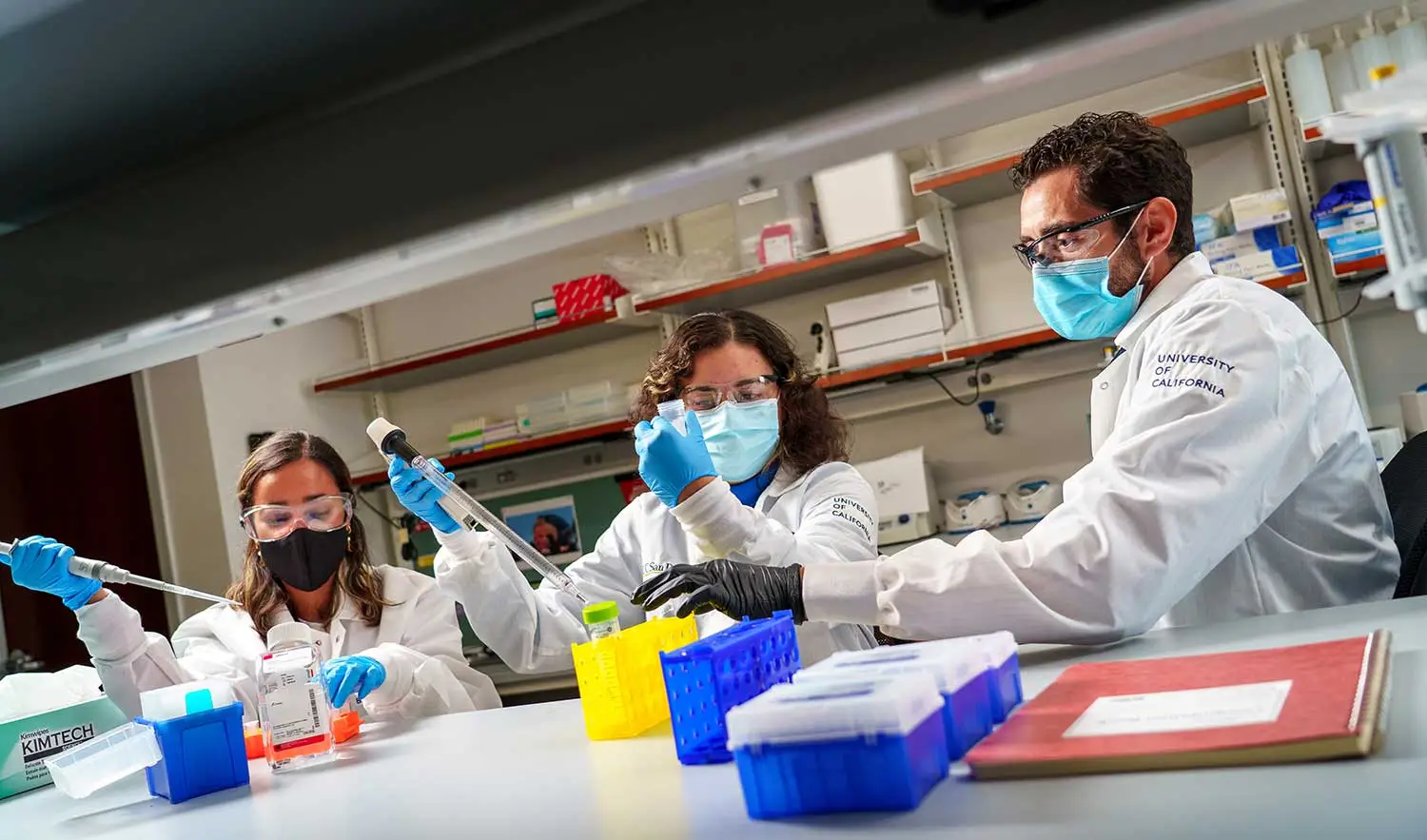
Introduction
Diversity in the scientific community is not just a buzzword; it’s a necessity for progress and innovation. In a field where discovery and advancement are paramount, having a diverse range of perspectives, experiences, and backgrounds can significantly impact the quality and relevance of research. This article explores why diversity is essential in the scientific community and how it contributes to a more vibrant and effective research environment.
Enhanced Creativity and Innovation
One of the primary reasons diversity is crucial in the scientific community is its role in fostering creativity and innovation. When teams comprise individuals from different cultural, social, and educational backgrounds, they bring unique perspectives to the table. This diversity of thought can lead to more creative problem-solving approaches and innovative solutions to complex scientific challenges.
For instance, consider a research team investigating renewable energy solutions. By including scientists from diverse backgrounds, such as engineers, environmentalists, economists, and sociologists, the team can approach the problem from multiple angles. Each member may offer insights and ideas that others might not have considered, leading to breakthrough innovations that may not have been possible in a less diverse team.
Better Problem Solving
In addition to fostering creativity, diversity also enhances problem-solving capabilities within the scientific community. When faced with complex challenges, diverse teams can draw upon a broader range of perspectives and experiences to develop solutions. This diversity of thought enables teams to explore alternative approaches and consider factors that may have been overlooked in homogeneous groups.
For example, studies have shown that gender-diverse teams tend to outperform homogeneous teams in problem-solving tasks. By bringing together individuals with different communication styles, decision-making processes, and problem-solving strategies, diverse teams can leverage their collective strengths to arrive at more effective solutions.
Improved Decision Making
Furthermore, diversity in the scientific community leads to improved decision-making processes. When teams comprise individuals with diverse backgrounds, they are more likely to consider a wider range of factors and perspectives when making important decisions. This inclusivity can help mitigate biases and blind spots that may exist in homogeneous groups, leading to more comprehensive and well-informed outcomes.
For instance, in clinical research, diverse teams can better identify and address potential biases in study design, participant recruitment, and data analysis. By incorporating diverse perspectives, researchers can ensure that their findings are more representative and applicable to diverse populations.
Increased Access to Talent
Another compelling reason for promoting diversity in the scientific community is the opportunity to tap into a wider pool of talent. Historically, certain groups, such as women, minorities, and individuals from low-income backgrounds, have been underrepresented in STEM fields due to systemic barriers and biases. By actively promoting diversity and inclusion, organizations can attract and retain talented individuals from all walks of life, enriching the scientific community with fresh perspectives and insights.
For example, initiatives aimed at increasing diversity in STEM education and workforce development can help bridge the gap between underrepresented groups and opportunities in scientific research. By providing support, mentorship, and resources to aspiring scientists from diverse backgrounds, we can create a more equitable and inclusive scientific community that benefits from the contributions of all its members.
Enhanced Global Reach and Impact
Moreover, diversity in the scientific community is essential for addressing global challenges and making meaningful contributions on a global scale. In an increasingly interconnected world, research outcomes have far-reaching implications that extend beyond national borders. By embracing diversity and fostering international collaboration, scientists can develop solutions that are more relevant, impactful, and sustainable in diverse cultural, social, and environmental contexts.
For instance, collaborative research projects involving scientists from different countries and regions can leverage diverse expertise, resources, and perspectives to tackle complex global issues such as climate change, infectious diseases, and food security. By working together across borders and disciplines, researchers can generate innovative solutions that benefit people around the world.
Addressing Bias and Inequality
Furthermore, diversity in the scientific community plays a critical role in identifying and addressing biases and inequalities that may exist in research practices and outcomes. By promoting inclusivity and diversity, organizations can create environments where all individuals feel valued, respected, and empowered to contribute their unique perspectives and talents.
For example, initiatives aimed at increasing diversity in academic institutions and research organizations can help dismantle systemic barriers and biases that have historically disadvantaged certain groups. By implementing inclusive hiring practices, providing diversity training, and fostering a culture of equity and inclusion, we can create environments where everyone has an equal opportunity to succeed and thrive.
Promoting Ethical Research Practices
Additionally, diversity in the scientific community is essential for promoting ethical research practices and ensuring that research outcomes are trustworthy, transparent, and socially responsible. By incorporating diverse perspectives and voices into the research process, scientists can identify and address ethical considerations that may vary across different cultural, social, and economic contexts.

Leave a Reply